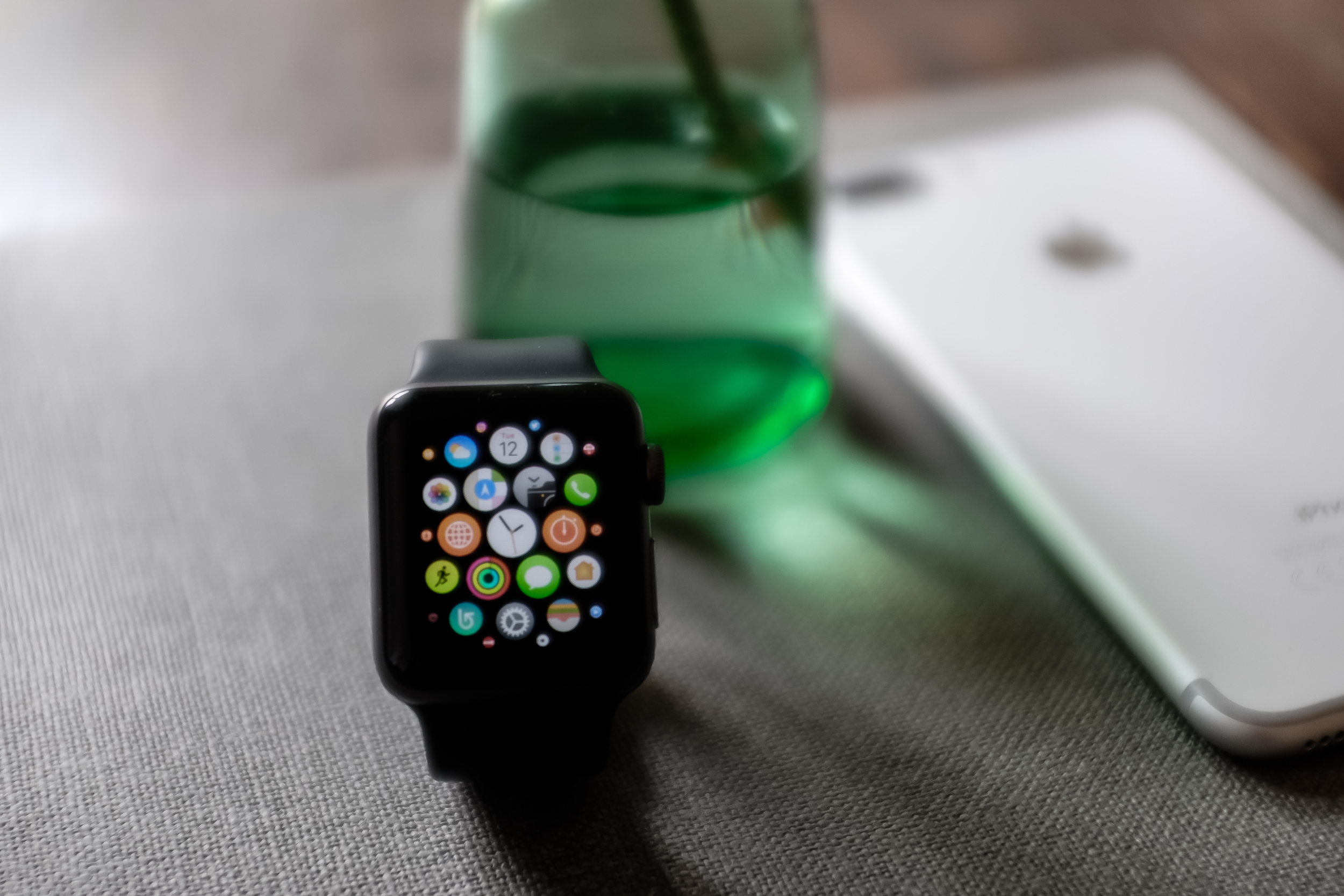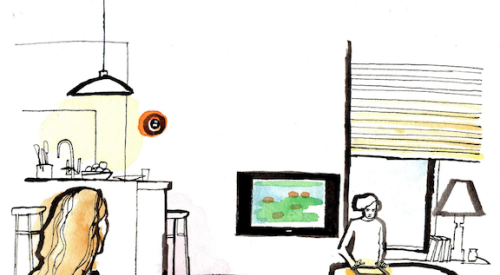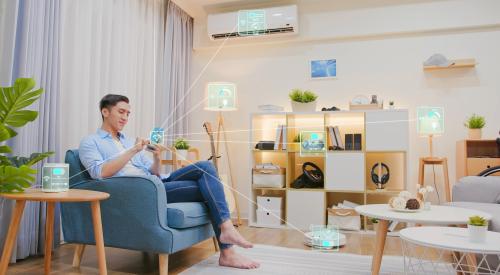The proliferation of smart home products has moved whole-home automation forward, yet a lack of integration between Internet of Things (IoT) platforms may still cause difficulties for homeowners.
“Major vendor A isn’t going to go integrate with major vendor B, and major vendor C directly in their devices in a lot of cases,” says Open Connectivity Foundation (OCF) spokesman Gary Martz tells Fast Company. “But if there’s a neutral third party that they all can agree has done things the right way, they’re going to be willing to integrate those solutions more readily.” The OCF seeks to be that third party by closing the IoT gap, by ensuring "secure interoperability by delivering a standard communications platform, a bridging specification, an open source implementation, and a certification program allowing devices to communicate regardless of form factor, operating system, service provider, transport technology, or ecosystem."
Smart home products from Amazon, Google, and Apple don’t always talk to one another, but help is on the way. These tech giants see the smart home as new territory to conquer through their respective ecosystems. While they’ve all maintained some level of openness toward outside partners, they also use their own hardware to build exclusive features. As a result, the more you buy into one system, the more you become locked out of others.













